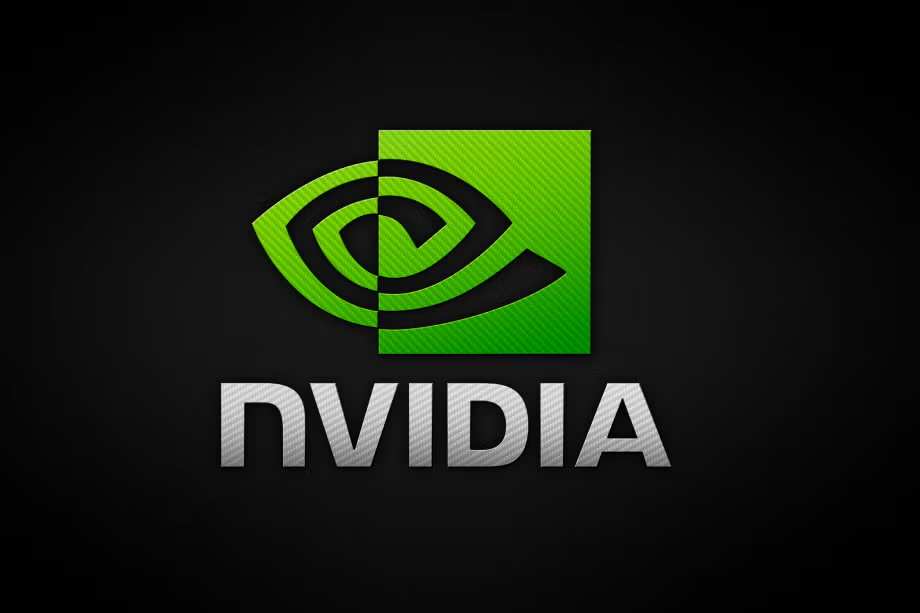NVIDIA's GTC (GPU Technology Conference) has become the must-attend event for anyone involved or interested in artificial intelligence, accelerated computing, and related fields. GTC 2025, held in San Jose, California, continued this tradition, drawing an estimated 25,000 attendees and featuring over 1,000 sessions. Dubbed the "Super Bowl of AI," GTC 2025 showcased the latest advancements, strategic partnerships, and future visions driving the AI revolution.
One of the central themes of GTC 2025 was the accelerated evolution of AI, moving beyond perception and generation towards "agentic AI" – AI capable of reasoning, planning, and acting autonomously. NVIDIA CEO Jensen Huang emphasized this shift, highlighting that the computational demands of agentic AI are significantly higher than previously anticipated. This trend is transforming machines from passive tools into proactive agents that can manage real-time business processes and solve complex problems with minimal human intervention.
To meet the growing demand for computational power, NVIDIA unveiled its next-generation graphics architectures, including Blackwell Ultra and Vera Rubin. The Blackwell architecture reportedly delivers 40 times the performance of its predecessor, Hopper, significantly enhancing AI model training and inference. NVIDIA also announced an annual release cadence for new GPUs, CPUs, and accelerated computing advancements, ensuring a continuous stream of innovation in AI infrastructure.
A major highlight was the unveiling of Project DIGITS, a personal AI supercomputer designed to bring powerful AI capabilities to individual developers and researchers. In addition, the company's Cosmos platform integrates AI models and processing pipelines for autonomous vehicles and robots, enabling physical AI systems to process environmental data and interact with the world in real-time. General Motors, for example, plans to integrate NVIDIA technology, including Omniverse and Cosmos, into its new fleet of self-driving cars to build custom AI systems for training AI manufacturing models.
NVIDIA is also focusing on AI infrastructure, including photonics and AI-optimized storage, to improve AI scalability, efficiency, and energy consumption in large-scale data centers. The company announced Spectrum-X photonics and co-packaged optics networking switches designed to scale AI factories to millions of GPUs. These advancements are crucial for handling the massive datasets and complex computations required for training and deploying advanced AI models.
GTC 2025 also highlighted the growing convergence of AI and quantum computing, which promises to unlock new possibilities in optimization, cryptography, drug discovery, and materials science. As AI continues to demand increasing processing power, quantum computing offers a potential solution for handling highly complex problems that are beyond the capabilities of traditional computing.
NVIDIA's GTC 2025 underscored the company's central role in shaping the future of AI and accelerated computing. From new hardware architectures and software platforms to strategic partnerships and industry collaborations, NVIDIA is driving innovation across a wide range of sectors, paving the way for a future where AI is seamlessly integrated into every aspect of our lives.

















